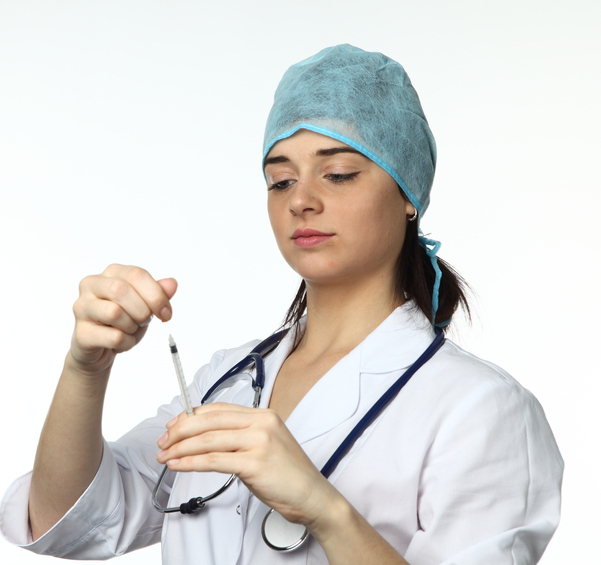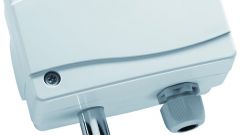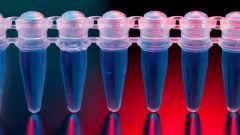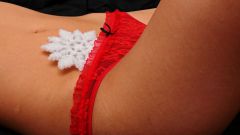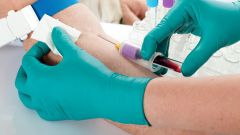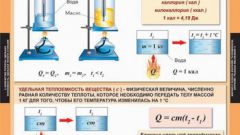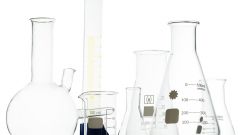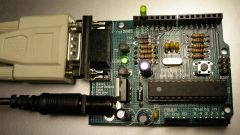Instruction
1
The study of sputum in the laboratory allows to determine the presence of pathogenic microorganisms causing a particular disease, cells of malignant tumors, impurities (pus, blood), specific for various diseases, and to determine the bacterial resistance to antibiotic drugs.
2
In a healthy person, mucus is not produced. She is a pathological discharge from the respiratory tract by coughing, indicating the presence of any disease. Sputum is prescribed to patients suffering from prolonged cough, bronchitis, pneumonia, tuberculosis, lung abscess, and other pathologies.
3
The sputum must be prepared. It is better highlighted when on the eve of a gathering to take expectorants and drinking lots of warm fluids. If the sputum does not depart, you need some time to take a deep breath and exhale. You can also do an inhalation over the soda solution.
4
Before sputum collection needs to brush her teeth and rinse your mouth with boiled water. It is better to carry out this procedure in the morning because during the night the phlegm accumulates and falls. For General analysis of sputum suitable clean, dry jar with a lid. For bacteriological analysis requires a sterile container, which is issued in the lab.
5
In order to conduct research, you will need at least 3-5 ml of sputum. It should be collected before eating and must be delivered to laboratory within 2 hours after collection. Before sending the sputum to the study, it must be stored in the refrigerator.
6
In uncomplicated cough, and not severe forms of bronchitis, asthma, mucus colorless. Phlegm yellow and green color indicates the presence in it of pus, and lobar pneumonia it rusty-brown. In the analysis of sputum are examined not only its chemical and physical properties, but the bacteriological characteristics and the sensitivity of microorganisms to antibiotics.
Note
What does the sputum? Laboratory examination of sputum allows to identify pathogens (including Mycobacterium tuberculosis), malignant tumor cells, impurities (blood, pus, etc.) specific to certain diseases, and to determine the sensitivity of bacterial flora to antibiotics.
Useful advice
Sputum analysis gives the doctor information about the stage, the nature and the localization process in the lungs, allows to make a differential diagnosis among the various diseases of the respiratory tract. In some cases the sputum is assigned to search for cancerous cells (cytologic analysis of sputum) or bacteria tuberculosis (sputum analysis for VC).
